Photo

The new blog, thebrassglass.tumblr.com, has officially launched!
I hope you will join me there for many more adventures, giveaways, free downloadables and, of course, artworks!
Thank you so much. <3
2 notes
·
View notes
Photo
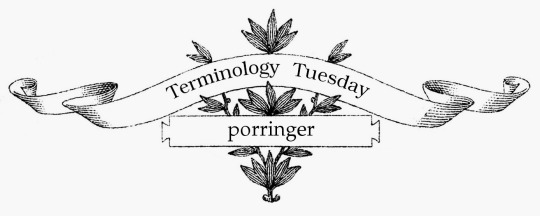

Terminology Tuesday: porringer
A dish made of pottery or pewter, with one handle or two, used for serving or eating food.
For the full-size coloring page, click here or the source link on this post!
7 notes
·
View notes
Photo

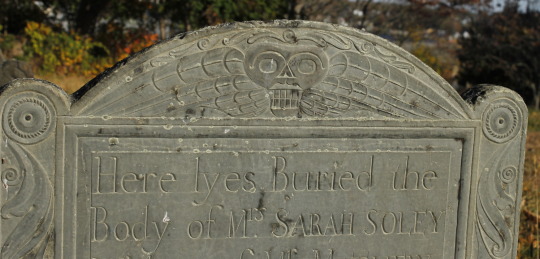

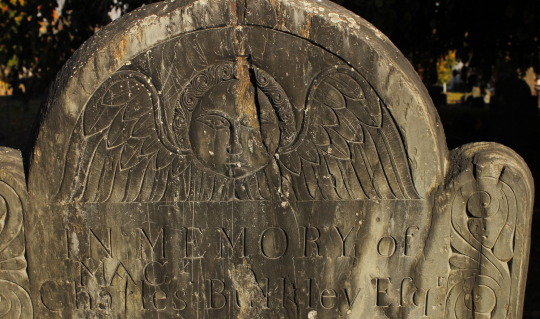
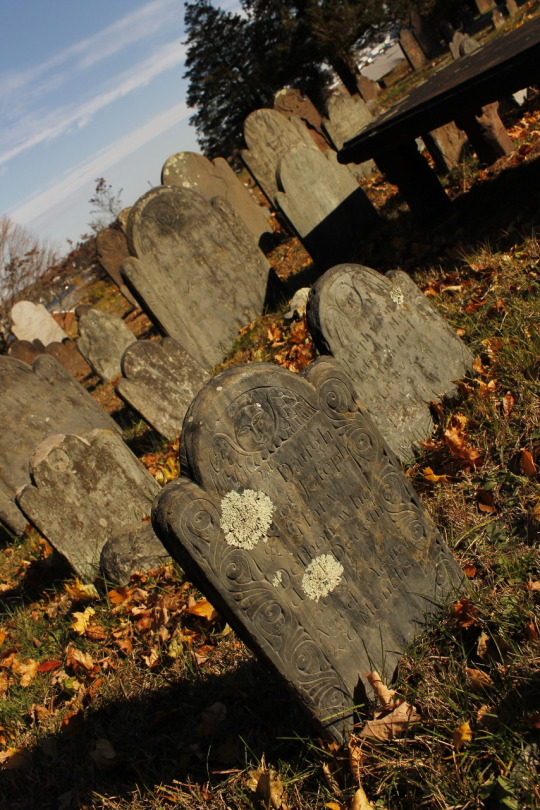
The Antientest Buriall Ground
Today we visited the oldest cemetery in New London. Like other old burial grounds we've visited, many of the stones in this one are in poor condition. Still, there are plenty that have beautifully withstood the time and elements to offer a picture of what an 18th century graveyard looked like. I have read that Benedict Arnold, when he burned the city in 1781, stood on this spot, which is quite high ground, and watched the movement of his troops from here.
88 notes
·
View notes
Photo
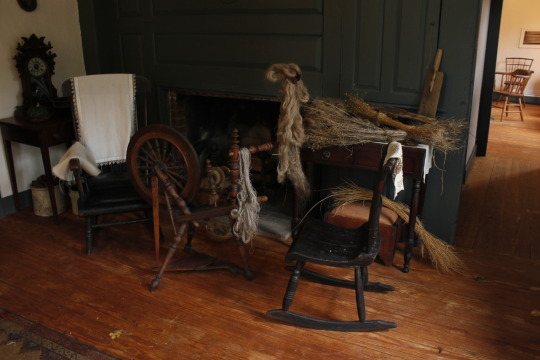
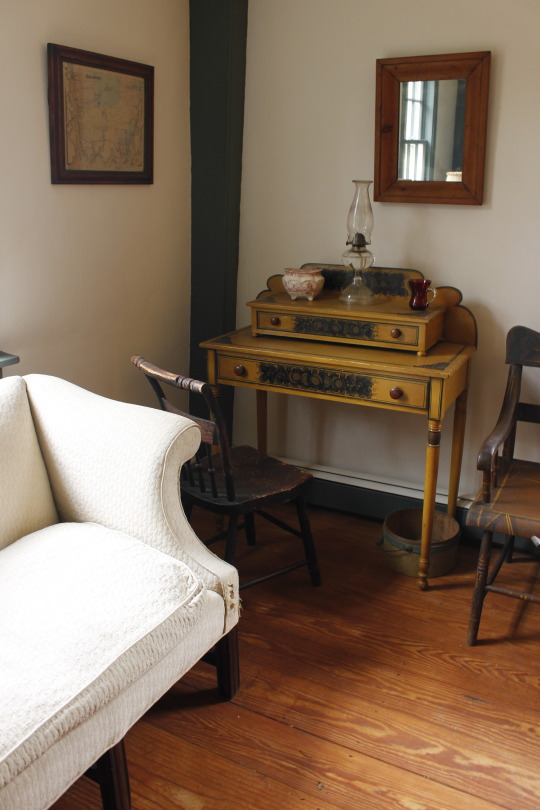
A mix of 18th and early 19th century furniture at the Jabez Smith House, built in 1783, in Groton, Connecticut. To learn more about the house, click here.
25 notes
·
View notes
Photo

I am working on a relaunch of this blog; there are many advantages to this move: It will now be my primary blog, allowing me to comment, answer questions, and follow other blogs directly.
If you would like to get a peek at the new blog (it will eventually have the same URL as this one), check it out here: http://thebrassglassnew.tumblr.com
Thanks for being so fantastic!
1 note
·
View note
Photo


Terminology Tuesday: Poke bonnet
A style of long ladies' bonnet made of straw or fabric (or straw covered with decorative fabric) that was especially popular in the early 1800s.
To download the full coloring page, click here and select "Download original size."
15 notes
·
View notes
Photo

The making of a Gentleman
So I'm working on the final (and long overdue) commissioned piece for Dorian Harper on deviantart.
I'm actually enjoying this piece a lot more than the first two; he's sort of a villain, so go figure! I know that the curtains are going to be dark purple, so I've added just a touch of Prismacolor French Gray 40%, which has a purple-ish tint to it, in the mid-tones and shadows of the face and blond hair, which are probably going to be the lightest parts of the image. I work light to dark, and build shapes and tones using layers -- just like watercolors.
For his coat, I've used a Bic Mark-It marker; on the type of paper I am using, it gets this mottled texture where the ink does not take evenly. Usually this is an undesireable quality, but I like it for applications such as this because it creates the kind of texture you would see in a camel-hair coat, for example, or for like a sweater or sequined dress. Taking undesireable things and making them useful, huzzah!
15 notes
·
View notes
Photo


I must admit, it is my favorite season.
Top: chapel and cemetery in Cooperstown, N.Y.
Bottom: Sheepfold Cemetery outside of Fort Drum, N.Y.
31 notes
·
View notes
Photo

At B.F. Clyde's Cider Mill in Stonington, Connecticut, the oldest steam-powered cider mill in the United States.
6 notes
·
View notes
Photo
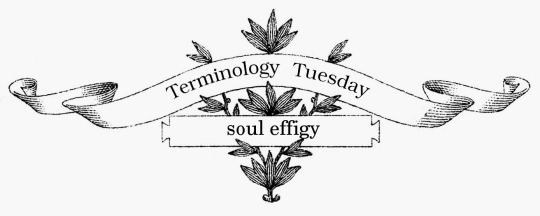
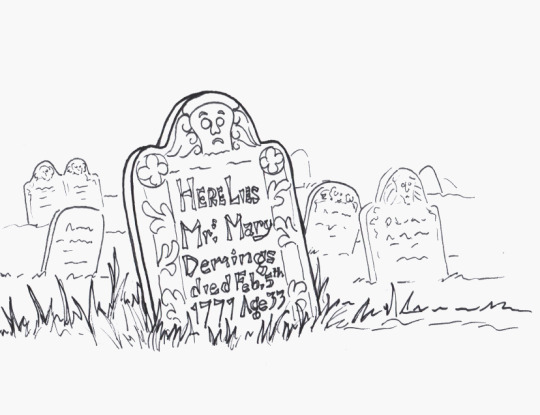
Terminology Tuesday: soul effigy
A stylized carving of a face that was very commonly used to decorate grave stones in colonial America.
For the full-size coloring page, click here or on the source link of this post!
2 notes
·
View notes
Photo

Autumn colors at the First Church of Christ (1761) in Wethersfield, Conn.
7 notes
·
View notes
Photo


Terminology Tuesday: fire screen
A decorative screen, often featuring embroidery, to protect a lady's face from the heat of the fire.
To download the full-size coloring page, click here: https://www.flickr.com/photos/127533650@N07/15226904589/sizes/o/in/photostream/
and select "Download original size".
17 notes
·
View notes
Text
A new feature!
This blog has been light on the illustrations lately; to amend that, I am starting a new feature. Tuesdays are now Terminology Tuesday, and I will be posting a colonial term and a little illustration to go with it.
Hope you enjoy!
3 notes
·
View notes
Photo
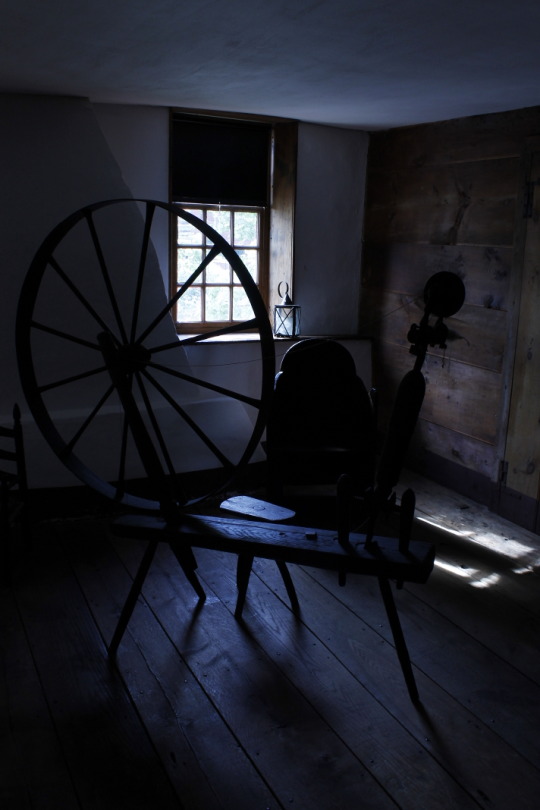

Different silhouettes illustrating the difference between a wool spinning wheel (top) and a flax spinning wheel (bottom), at the Hempsted Houses in New London, Connecticut.
1 note
·
View note
Photo

International Coffee Day
Today is International Coffee Day! There are plenty of coffee places participating in the festivities that are offering discounts and even free stuff all day.
While tea was one of the primary drinks of choice for honorable colonial Americans, coffee has a long history here as well. Coffee houses were especially known to be hotbeds for intellectualism in the 18th century, perfect for the Age of Enlightenment.
(Photo source: Colonial Williamsburg's website; check out the source link for more about one of Williamsburg's coffee houses, as well as coffee's place in colonial America in general.)
Also:
Introduction of Coffee into North America
Coffee, Tea and Chocolate in Early Colonial America
Coffee Houses: A Tradition Dating to Colonial Times
48 notes
·
View notes
Link
If you're a history junkie, you know that the Internet is a great tool for finding information and useful resources such as blogs.
Couldn't resist! And there's a lot of good reads in here, to boot.
6 notes
·
View notes
Photo

The Amistad: a slave ship in New England
Many people don't realize just how far slavery crept; as a European institution, it began in the Spanish colonies of South America, and went as far north as French Canada. When I was an archaeologist in the backwoods of northern New York, I saw firsthand remnants of it buried in the history of the wealthy French LeRay family. And now, as a Connecticut transplant, almost every 300-year-old house I visit, I hear stories of the slaves who once lived and toiled under New England slaveowners.
The story of the Amistad is different, however. In 1839, more than 50 Africans -- who had been seized and sent to the Americas to become slaves -- rioted against the ship's Spanish crew. They tried to force the crew to bring them back to Africa, but the crew secretly sailed up the coast of the United States instead.
The U.S. government seized the ship when it grounded off Long Island. The Africans were hauled away and placed into the care of U.S. marshals, and the Amistad was then towed here to New London, Connecticut.
What followed was one of the most important court cases in abolitionism's history. The Africans fought their captors in the U.S. justice system -- and won, securing not only their freedom but their passage back to Africa.
Today, the Amistad case is held up as an example of early black rights in the Americas. The ship in the picture is a replica of that infamous Spanish schooner. When it is not in its home port of New London, it sails along the coast carrying its lessons about black history and freedom.
120 notes
·
View notes